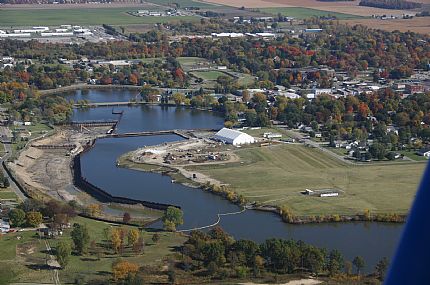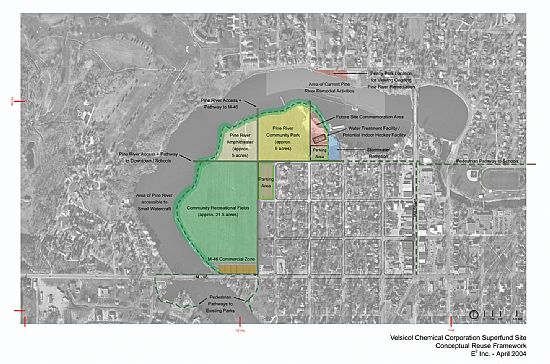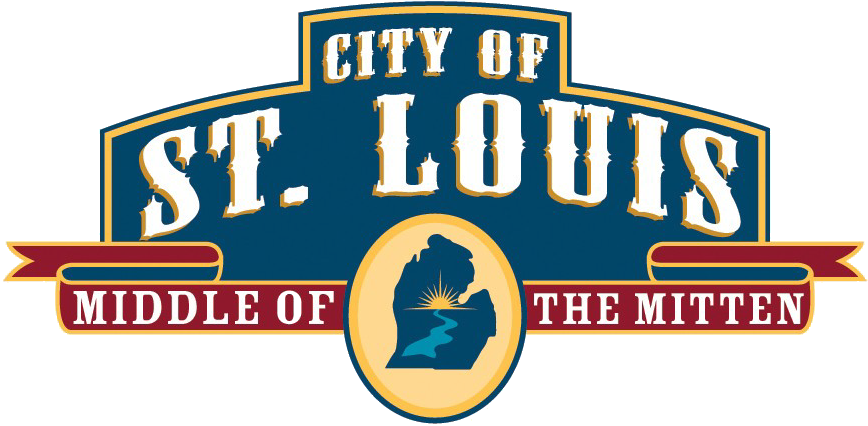What is now a 54-acre vacant lot in the middle of St. Louis, once stood the Michigan Chemical and Velsicol Chemical plants that produced various chemical compounds and products from 1936 to 1978.
Since 1998, the U.S. Environmental Protection Agency and Michigan Department of Environmental Quality have taken several actions to clean up contamination found at the former plant site and in the adjacent Pine River. Activities include: removal and disposal of contaminated sediment; removal of soil from the nearby residential neighborhood; replacement of the drinking water supply to the Gratiot Area Water Authority; and the start of an in-place thermal treatment system that will volatilize and destroy contaminants underground at the former plant site. Through these actions, DDT levels in fish have been reduced by over 98 percent, but the state plans to keep the fish advisory in place until the entire site has been cleaned up.

It is the hope of the City and broader community that the former chemical site will be cleaned to a condition that allows unlimited reuse and access to a river offering many recreational opportunities. In 2004, the City organized a committee comprised of residents, local representatives, and community organizations to ensure the redevelopment plans captured the ideas and desires of the local community.
Over the course of a year, the committee developed reuse goals and guidelines that address commercial, recreation, community, and education areas near the site. A map of the proposed reuse of the site is shown below. The section called “Velsicol Site Reuse Plan” has a link with more information including a history and timeline of events related to the chemical plant and the river cleanup.
Velsicol Site Reuse Map

To Learn More or Get Involved
To stay up-to-date on the cleanup, send a blank email to velsicol@lists.epa.gov.
A Superfund Community Advisory Group (CAG), known as Pine River Superfund Citizens Task Force, is a local group made up of members of the community and is designed to serve as the focal point for the exchange of information among the local community and EPA, the MDEQ, and other pertinent Federal agencies involved in cleanup of the Superfund site.
